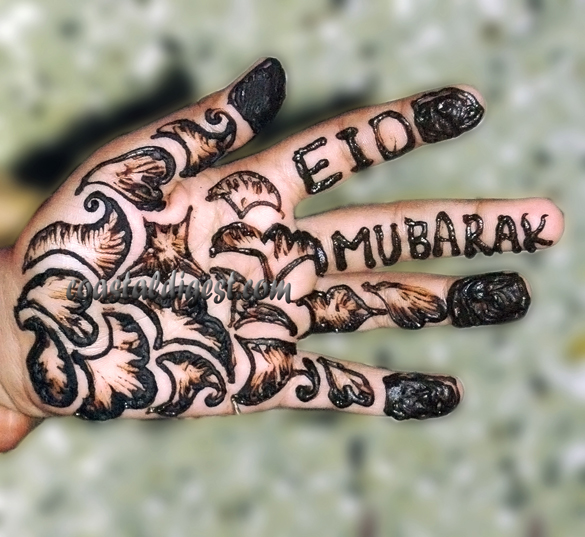
While travelling in a taxi, I overhear my mother talking to my little sister saying this, ‘Only a man who fasts will have the joys of celebrating Eid. That’s what our beloved Prophet (pbuh) told us’. After a heavy day of shopping for the joyous occasion of Eid-ul-Fitr, my nine year old sister talks excitedly about the clothes she will wear to the Masjid on the morning of Eid. My mother and I exchange smiles and set out in our own train of thoughts.
Year after year, Ramadan visits us, gives us an opportunity to tirelessly pray and do extra good deeds, rejuvenates our faith in Allah and leaves with an aching emptiness in all our hearts. But every time, there is a new sense longing in our eyes and a novel happiness in receiving it. A ramadhan is the most awaited month and eid-ul-fitr is even more awaited celebration. The sahri, the whole day of fasting and the banquet at ifthar, is all a pleasure to treasure. The late night prayers, the tear filled eyes and a strong hope that we will be rewarded with Jannah, is an irreplaceable feeling.
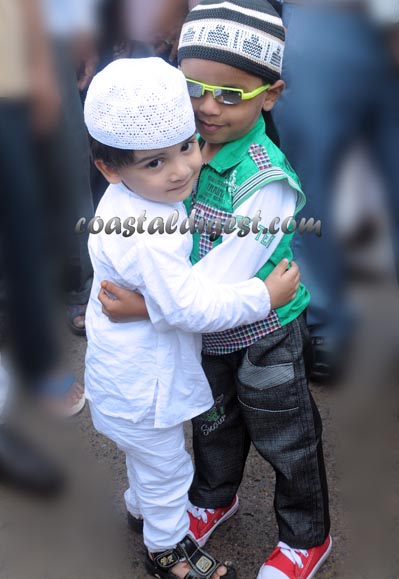 The exhilaration of shopping for Eid is one of a kind experience. The market thrives with excitement and there is a hum of festivity in the air. We see people steering off into different shops and buying colorful clothes to celebrate this festival. Be it the young or the old, everyone looks forward to wearing a new attire every Eid. And on the 29th evening of Ramadan, everyone waits eagerly for the news of sighting of the moon. One phone call and numerous ‘Eid-Mubarak’ text messages get circulated and the excitement begins.
The exhilaration of shopping for Eid is one of a kind experience. The market thrives with excitement and there is a hum of festivity in the air. We see people steering off into different shops and buying colorful clothes to celebrate this festival. Be it the young or the old, everyone looks forward to wearing a new attire every Eid. And on the 29th evening of Ramadan, everyone waits eagerly for the news of sighting of the moon. One phone call and numerous ‘Eid-Mubarak’ text messages get circulated and the excitement begins.
Ramadan, the 9th month of the Islamic calendar, is welcomed with lot enthusiasm and hope by the Muslims, all over the world. One month of utmost prayers and fasting; 30 days later, the pleasure of celebrating Eid with the entire family is something we all look forward to. Waking early in the morning with the rising of the sun, wearing fresh new clothes, heading off to the Masjid for Eid prayers, embracing each other with happy greetings and heading home for a hot breakfast is a delight of its own.
On the eve of Eid, women get together and apply henna on their hands to pamper themselves for working hard the whole month. Eid is the day to rekindle family ties, a day when everyone visits the extended family members. Uncles and aunts living in different countries grace the rest of the family members with phone calls and make their presence felt. Kids are given money for fasting as a gesture of boosting their morale for observing fasts. In the streets we see little children dressed in white chewing gum and carrying candies back home.
Every household has a special dish prepared on this day. But a universal dish that is prepared by Muslims for Eid is the Sheer Korma. A sweet delicacy that is liked by all is prepared in large quantities so that no guest is returned without it being offered. Everyone shares their experience of ramadhan over lunch and eidi, the traditional money for Eid is exchanged. Children seize the currency notes and run off to the corners of the house to count their collection. A light snack accompanied with a hot cup of tea in the evening and a beautiful dinner marks the end of one of the most expected day of the year.
Ramdan is departing now, making us better muslims and with memories of the 30 days. InshaAllah, may Allah accept all our good deeds and bless us with many more ramadhans in the future.
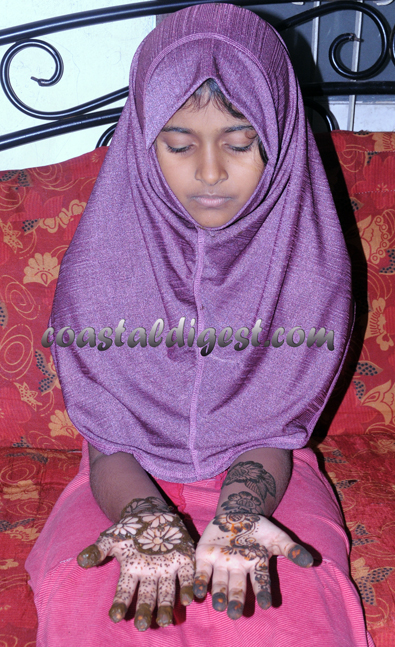
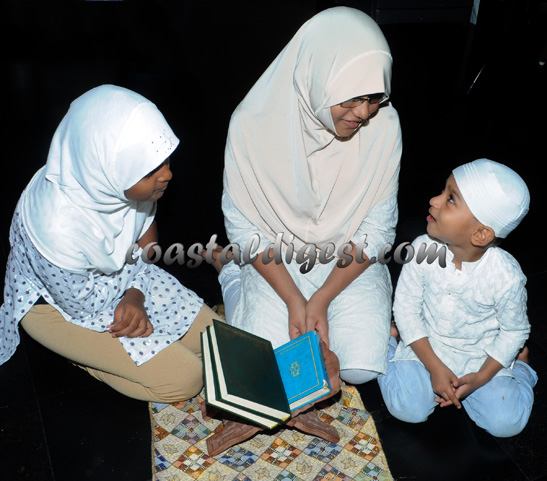
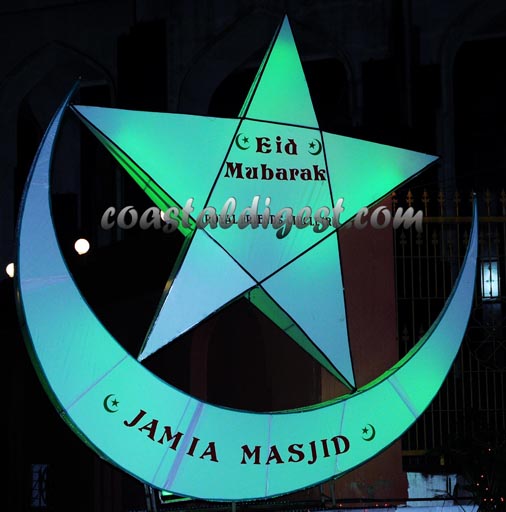








Comments
Add new comment